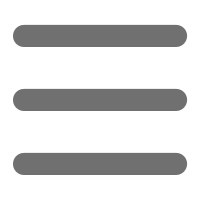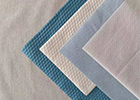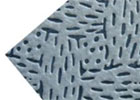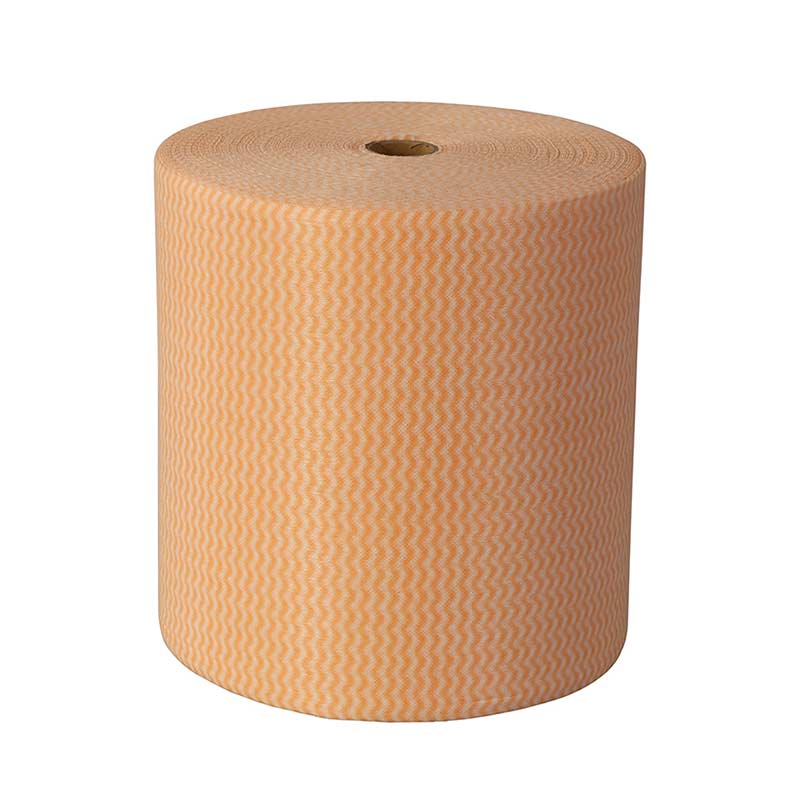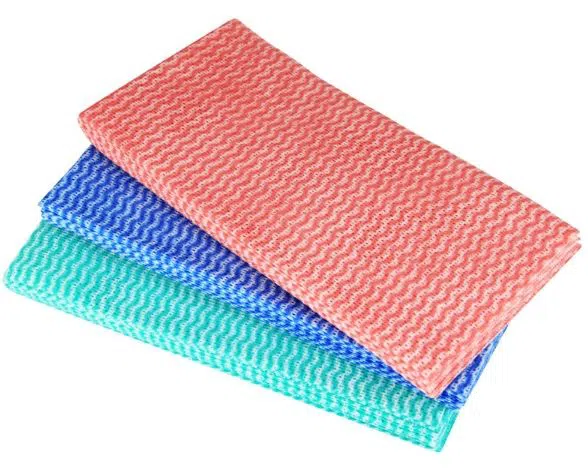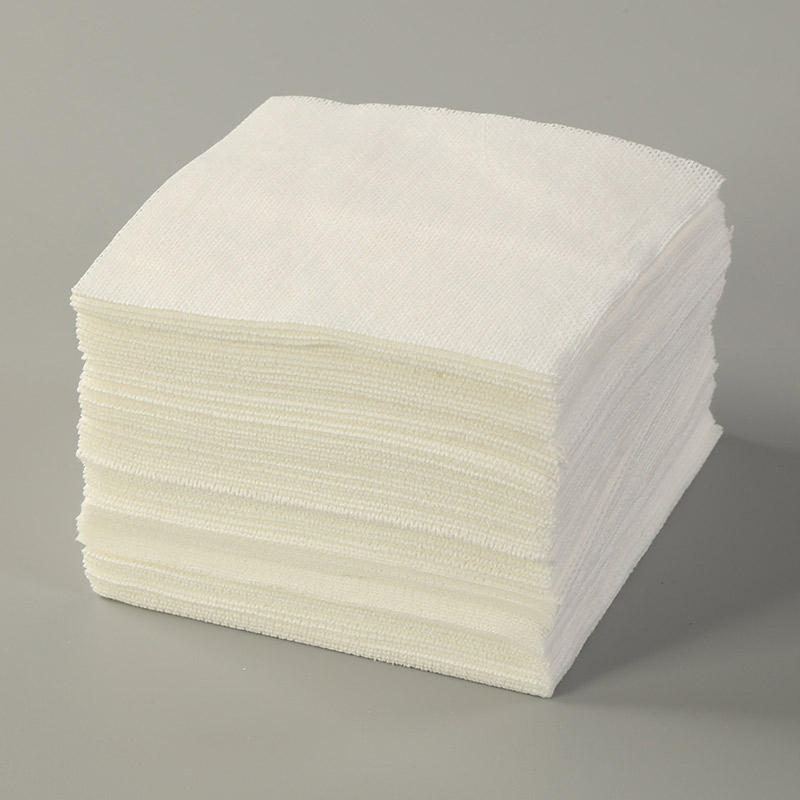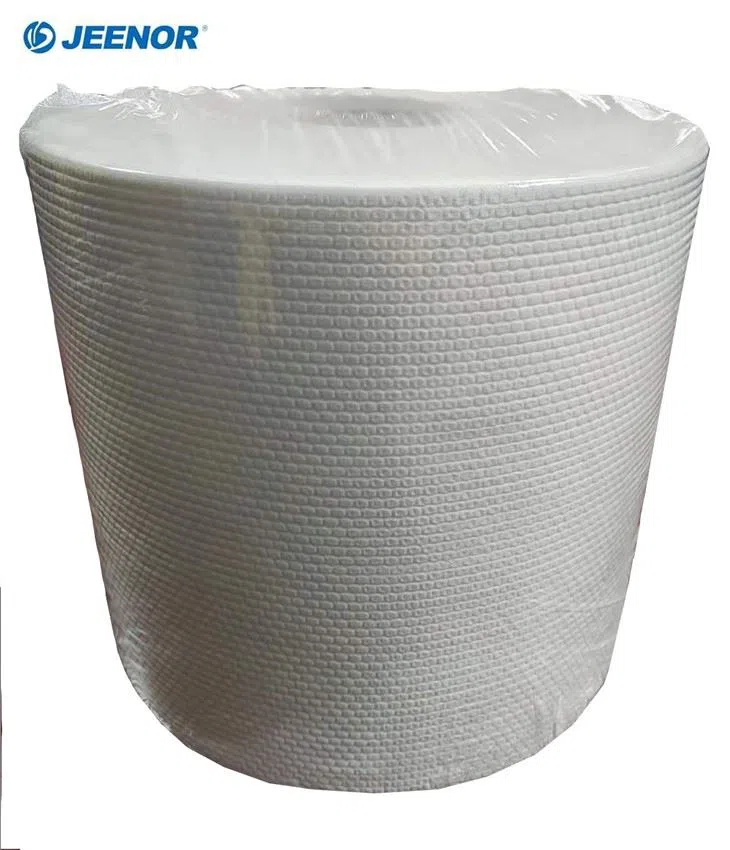What you need to know about non-woven manufacturing
What you need to know about non-woven manufacturing
What is non-woven fabric? Non-woven fabrics, also known as non-woven fabrics, needle-punched cotton, needle-punched non-woven fabrics, etc., are made of polyester fiber, polyester fiber (referred to as: PET) material, and are made by acupuncture process. hardness, etc. What about non-woven manufacturers, this article will give you the answer.
About Nonwoven Manufacturers
Nonwoven manufacturers use a variety of synthetic and natural fibers to make their products. These products are used in a variety of applications including hygiene, personal care, construction, automotive and filtration. Nonwovens can be made of short or long fibers that are mechanically, chemically or thermally bonded together. The resulting fabric is strong and durable, yet lightweight and highly absorbent. Nonwoven manufacturers must adhere to strict quality control standards to ensure that their products meet the needs of their customers.
Nonwovens are fabric-like materials made of long fibers that are bonded together by chemical, mechanical, thermal or solvent treatment. The term is used in textile manufacturing to refer to fabrics that are neither woven nor knitted, such as felt. Some non-woven materials have begun to replace paper products such as paper towels. A nonwoven fabric is broadly defined as a sheet or web-like structure of fibers or filaments (and by perforated films) entangled together mechanically, thermally or chemically. They are flat, porous sheets made directly from individual fibers or molten plastic or plastic film. They are not made by weaving or knitting, nor do they require the conversion of fibers into yarn.
Characteristics of non-woven fabrics
The non-woven fabric has no warp and weft threads, so it is very convenient to cut and sew, and it is light and easy to shape.
Because it is a fabric that does not require spinning and weaving, it just orients or randomly arranges textile staple fibers or filaments to form a web structure, which is then reinforced by mechanical, thermal bonding or chemical methods.
It is not interwoven and braided by yarns one by one, but the fibers are directly bonded together by physical methods, so when you get the sticky scale in your clothes, you will find that, You can't get a single thread out. Nonwovens break through the traditional textile principles, and have the characteristics of short process flow, fast production rate, high output, low cost, wide application, and many sources of raw materials.
The relationship between non-woven fabrics and spunbond fabrics
Spunbond and non-woven fabrics are subordinate. There are many production processes for the manufacture of non-woven fabrics, of which spunbond is one of the non-woven production processes (including spunbond, meltblown, hot rolling, spunlace, most of which are currently on the market). Nonwovens produced by the spunbond method)
According to the composition of non-woven fabrics, there are polyester, polypropylene, nylon, spandex, acrylic, etc.; different components will have completely different styles of non-woven fabrics. The spunbond fabric usually refers to polyester spunbond and polypropylene spunbond; and the styles of these two kinds of fabrics are very similar, and can only be judged by high temperature test.
Non-woven fabric is a kind of non-woven fabric, which directly uses polymer chips, short fibers or filaments to form fibers through air flow or machinery, and then undergoes hydroentanglement, needle punching, or hot rolling reinforcement, and finally after finishing Formed non-woven fabric.
A new type of fiber product with a soft, breathable and flat structure, the advantage is that it does not produce lint, is strong, durable, silky soft, and is also a kind of reinforcing material, and also has a cotton feel. Compared with cotton fabrics, non-woven Cloth bags are easy to form and inexpensive to manufacture.
What are the advantages of non-woven fabrics?
1. Light weight: Polypropylene resin is used as the main raw material for production, with a specific gravity of only 0.9, only three-fifths of cotton, with fluffy and good hand feeling.
2. Soft: composed of fine fibers (2-3D) light point-like hot melt bonding molding. The finished product is moderately soft and comfortable.
3. Water repellency and breathability: Polypropylene chips do not absorb water, have zero moisture content, and the finished product has good water repellency. It is composed of 100% fiber, which is porous and has good air permeability. It is easy to keep the cloth surface dry and easy to wash.
4. Non-toxic and non-irritating: The product is produced with FDA-compliant food-grade raw materials, without other chemical components, with stable performance, non-toxic, no peculiar smell, and does not irritate the skin.
5. Antibacterial and anti-chemical agents: Polypropylene is a chemically passive substance, not moth-eaten, and can isolate the erosion of bacteria and insects in the liquid; antibacterial, alkali corrosion, and finished products do not affect the strength due to erosion.
6. Antibacterial properties. The product is water-repellent, not moldy, and can isolate the erosion of bacteria and insects in the liquid, and is not moldy.
7. Good physical properties. It is made of polypropylene spun directly into a mesh and thermally bonded. The strength of the product is better than that of ordinary staple fiber products. The strength is non-directional, and the vertical and horizontal strengths are similar.
8. In terms of environmental protection, the raw material of most of the non-woven fabrics used is polypropylene, while the raw material of plastic bags is polyethylene. Although the two substances have similar names, they are quite different in chemical structure. The chemical molecular structure of polyethylene has quite strong stability and is extremely difficult to degrade, so it takes 300 years for plastic bags to decompose; while the chemical structure of polypropylene is not strong, the molecular chain can be easily broken, so that it can be effectively degraded , and enter the next environmental cycle in a non-toxic form, a non-woven shopping bag can be completely decomposed within 90 days. And non-woven shopping bags can be reused more than 10 times, and the pollution to the environment after disposal is only 10% of that of plastic bags.
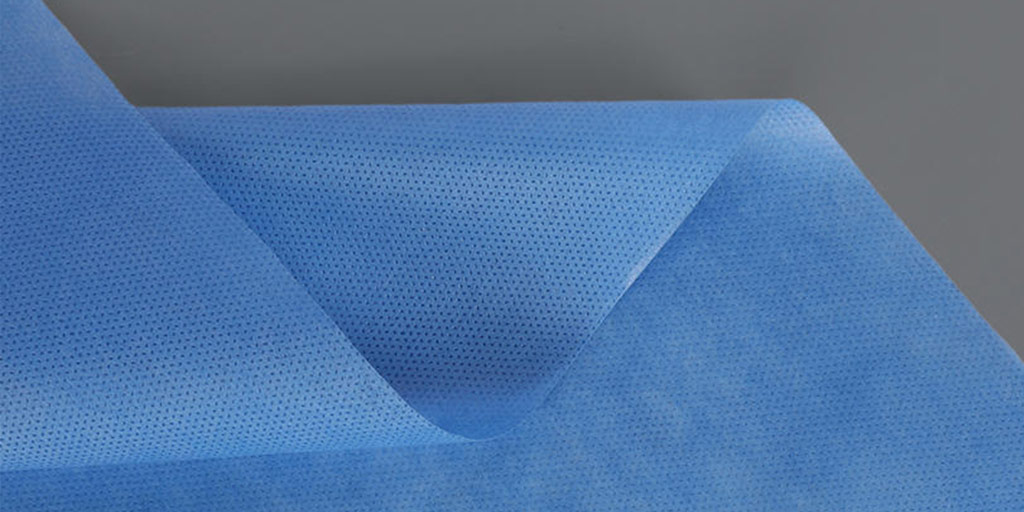
What are the classifications of non-woven fabrics by production process?
1. Spunlace non-woven fabric: The spunlace process is to spray high-pressure fine water flow onto one or more layers of fiber webs, so that the fibers are entangled with each other, so that the fiber web can be reinforced and have a certain strength.
2. Heat-bonded non-woven fabrics: Heat-bonded non-woven fabrics refer to adding fibrous or powdery hot-melt bonding reinforcement materials to the fiber web, and the fiber web is then heated, melted, cooled, and reinforced into cloth.
3. Pulp air-laid non-woven fabrics: Air-laid non-woven fabrics can also be called clean paper and dry-laid non-woven fabrics. It uses the air-laid technology to open the wood pulp fiberboard into a single fiber state, and then uses the air-laid method to condense the fibers on the web-forming curtain, and the fiber web is then reinforced into a cloth.
4. Wet-laid non-woven fabric: Wet-laid non-woven fabric is to open the fiber raw materials placed in the water medium into single fibers, and at the same time mix different fiber raw materials to make fiber suspension pulp, and the suspension pulp is transported to the web forming mechanism, The fibers are formed into a web in the wet state and then consolidated into a cloth.
5. Spunbond non-woven fabric: Spunbond non-woven fabric is after the polymer has been extruded and stretched to form continuous filaments, the filaments are laid into a web, and the fiber web is then self-bonded, thermally bonded, chemically bonded. Bonding or mechanical reinforcement methods that turn the web into a nonwoven.
6. Melt-blown non-woven fabrics: The process of melt-blown non-woven fabrics: polymer feeding---melt extrusion---fiber formation---fiber cooling---web formation---reinforcement into cloth.
7. Needle-punched non-woven fabric: Needle-punched non-woven fabric is a kind of dry-laid non-woven fabric. Needle-punched non-woven fabric uses the puncturing effect of a needle to reinforce the fluffy fiber web into cloth.
8. Stitch-bonded non-woven fabrics: Stitch-bonded non-woven fabrics are a kind of dry-laid non-woven fabrics. metal foil, etc.) or their combination to be reinforced to make a non-woven fabric.
9. Hydrophilic non-woven fabrics: mainly used in the production of medical and sanitary materials to achieve better hand feel and not scratch the skin. For example, sanitary napkins and sanitary pads use the hydrophilic function of hydrophilic non-woven fabrics.
Nonwoven Fabric Processor
A nonwoven fabric processor is a machine that is used to process nonwoven fabrics. Nonwoven fabrics are made from short, continuous fibers that are bonded together to form a fabric. They are usually made from synthetic fibers, such as polypropylene or polyester, but can also be made from natural fibers, such as cotton or wool. Nonwoven fabrics are used in a variety of applications, including disposable diapers, feminine hygiene products, and filters.
A nonwoven fabric processor is a machine that is used to process nonwoven fabrics. Nonwoven fabrics are made from a variety of materials, including polyester, nylon, and cotton. The processor will often times have multiple rollers that are used to press the fabric into a desired shape. After the fabric has been processed, it can be used in a variety of applications, such as filters, medical supplies, and even clothing.
A nonwoven fabric processor is a machine that is used to process nonwoven fabrics. Nonwoven fabrics are made from a variety of materials, including natural fibers such as cotton and wool, synthetic fibers such as polyester and nylon, and even glass fibers. The processor is used to break down the fibers into small pieces, which are then used to create a variety of products, including clothing, carpeting, upholstery, and more.
Nonwoven Supplier
Nonwoven suppliers are companies that manufacture and supply nonwovens. Nonwovens are textiles made of long fibers that are physically or chemically bonded together. It is used in a variety of applications including personal care, medical and industrial.
There are many different nonwoven suppliers in the world. Some of the largest and best-known companies include Kimberly-Clark, 3M and DuPont. These companies have a long history in the industry and are known for their high-quality products.
Nonwoven suppliers are companies that manufacture and supply nonwovens. Nonwoven is a fabric made of short interlocking fibers. It is used in a variety of applications including upholstery, insulation and wipes. Nonwoven suppliers typically sell their products to manufacturers who use the fabric in the production of finished products.
What products are non-woven fabrics mainly made into?
Main products
Disposable items
Medical non-woven products are medical and sanitary textiles made of chemical fibers including polyester, polyamide, polytetrafluoroethylene (PTFE), polypropylene, carbon fiber and glass fiber. Including disposable masks, protective clothing, surgical gowns, isolation gowns, lab coats, nurse caps, surgical caps, doctor caps, surgical kits, maternity kits, first aid kits, diapers, pillowcases, bed sheets, quilt covers, shoe covers and other disposable medical consumables series .
Compared with traditional pure cotton woven medical textiles, medical non-woven fabrics have the characteristics of high resistance to bacteria and dust, low surgical infection rate, convenient disinfection and sterilization, and easy compounding with other materials. As disposable disposable products, medical non-woven products are not only convenient to use, safe and hygienic, but also effectively prevent bacterial infection and iatrogenic cross-infection. In my country, the investment in the medical and health industry has reached more than 100 billion yuan, of which the total output value of sanitary products and materials is about 64 billion yuan, and it is developing in the direction of diversification.
Flour Hardpack
The flour bag made of non-woven fabrics has the characteristics of light weight, environmental protection, moisture-proof, breathable, flexible, flame-retardant, non-toxic and non-irritating, and can be recycled. It is used in all kinds of small packages of rice noodles, such as: wheat flour, corn flour, buckwheat flour. rice etc.
This kind of non-woven products is printed with ink, which is beautiful and elegant, with vivid colors, non-toxic, odorless and non-volatile. Compared with ink printing, it is more environmentally friendly and clean, and fully meets the environmental protection requirements of modern people. Because of reliable product quality, affordable price and long service life. The main specifications are 1 kg, 2.5 kg, 5 kg, 10 kg and other specifications of rice and noodles hardcover bags, packaging bags and so on.
Fashion shopping bag
Non-woven bags (also known as non-woven bags, English: Nonwoven bags) is a green product, tough and durable, beautiful in appearance, good air permeability, reusable, washable, screen printing advertisements, marks, long service life, It is suitable for any company and any industry as advertising and gifts. Consumers get a beautiful non-woven bag while shopping, and merchants get the best of both worlds with invisible advertising, so non-woven fabrics are becoming more and more popular in the market.
The product is made of non-woven fabric, which is a new generation of environmentally friendly materials. It is moisture-proof, breathable, flexible, light in weight, non-combustible, easy to decompose, non-toxic and non-irritating, rich in color, low in price, and recyclable. The material can be naturally decomposed when placed outdoors for 90 days, and has a service life of up to 5 years when placed indoors.

How to maintain non-woven fabrics?
Maintenance of non-woven fabrics: The following points should be paid attention to in the maintenance and collection of non-woven fabrics:
1. Keep it clean and change it frequently to prevent the breeding of moths.
2. When storing in different seasons, it must be washed, ironed, dried, sealed in a plastic bag, and placed flat in the wardrobe. Pay attention to shading to prevent fading. It should be often ventilated, dusted and dehumidified, and not exposed to the sun. Anti-mildew and moth-proof tablets should be placed in the wardrobe to prevent cashmere products from being damp and mouldy.
3. When worn inside, the matching coat lining should be smooth, and hard objects such as pens, key cases, mobile phones, etc. should not be placed in the pockets to avoid local friction and pilling. Minimize friction with hard objects (such as sofa backrests, armrests, table tops) and hooks when wearing them. It is not easy to wear for too long, and it must be stopped or changed for about 5 days to restore the elasticity of the clothes to avoid fiber fatigue damage.
4. If there is pilling, do not pull it forcibly. Use scissors to cut off the pom-pom, so as not to be repaired due to off-line.
About JEENOR material
Hangzhou Jeenor Industrial Co., Ltd., manufacturers and converts nonwoven materials at factories in Hangzhou-near Ningbo port and Shanghai port. The company was founded in 2008, formerly called Hangzhou Jeenor Cleaning Supply Co., Ltd.With roots in spunlace nonwovens, we began producing in 2008 on one line, expanded these two years with two additional spunlace lines, and can currently make 9,000 tons of spunlace nonwovens in widths ranging from 1.5 to 3.5 meters per year.

